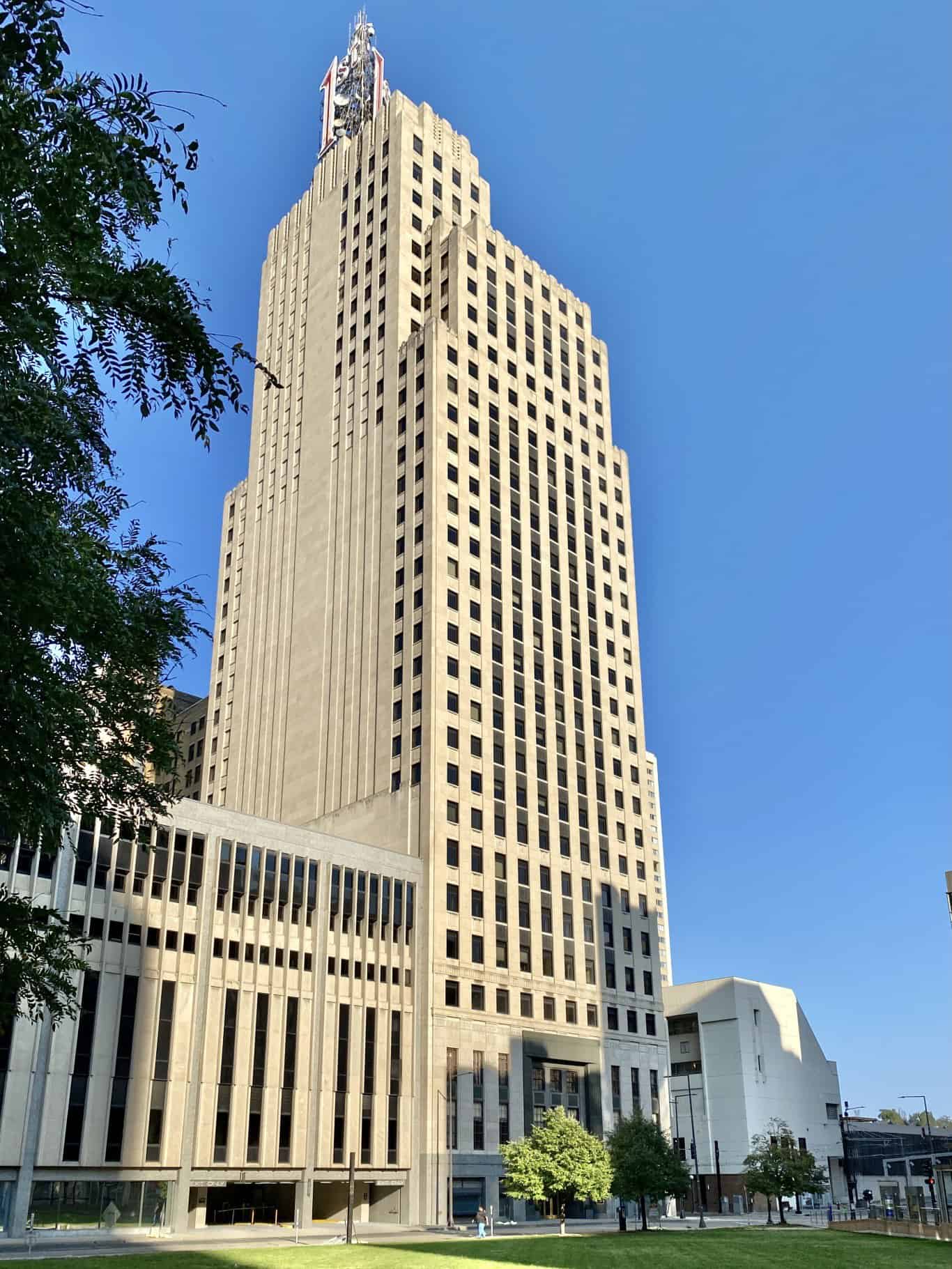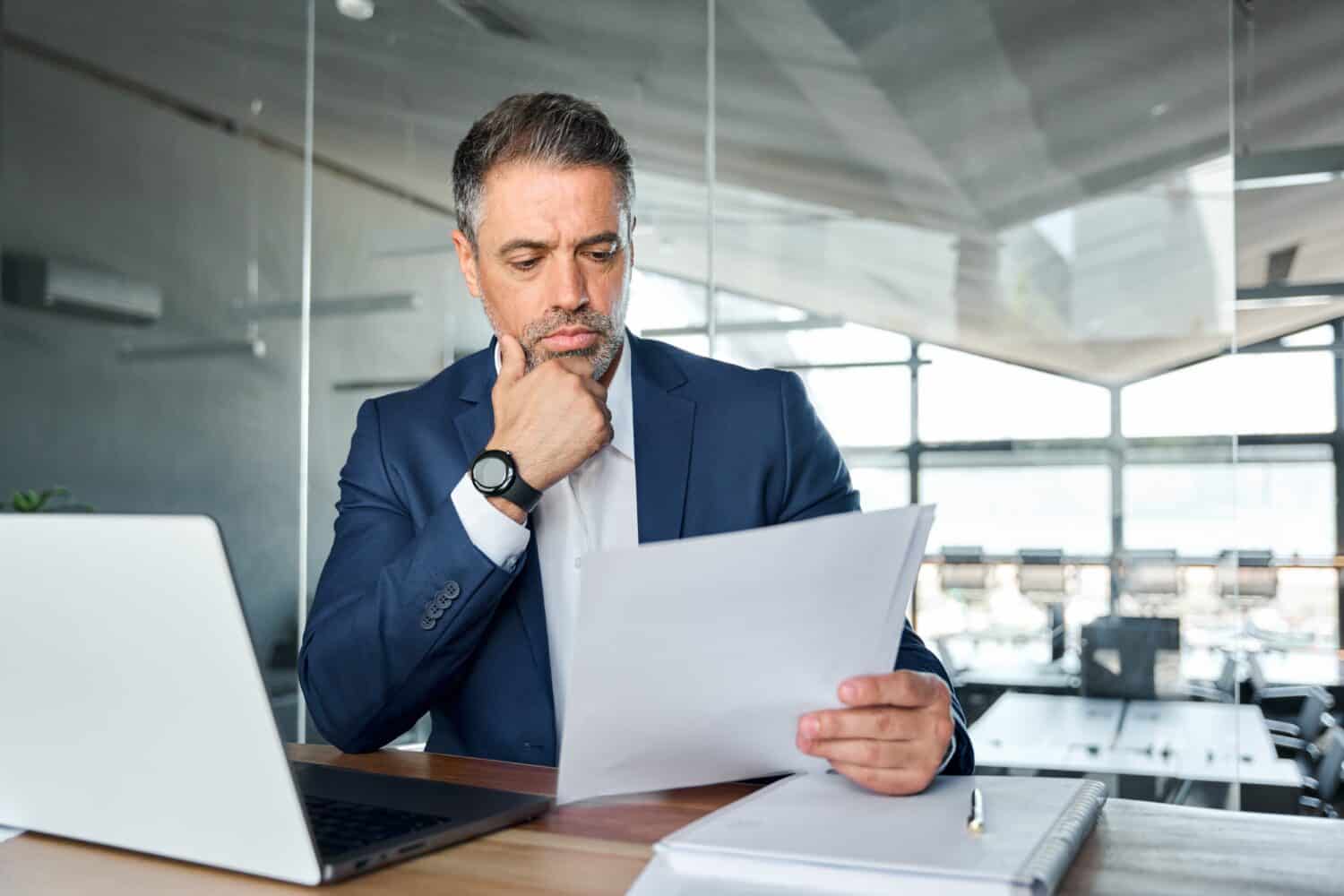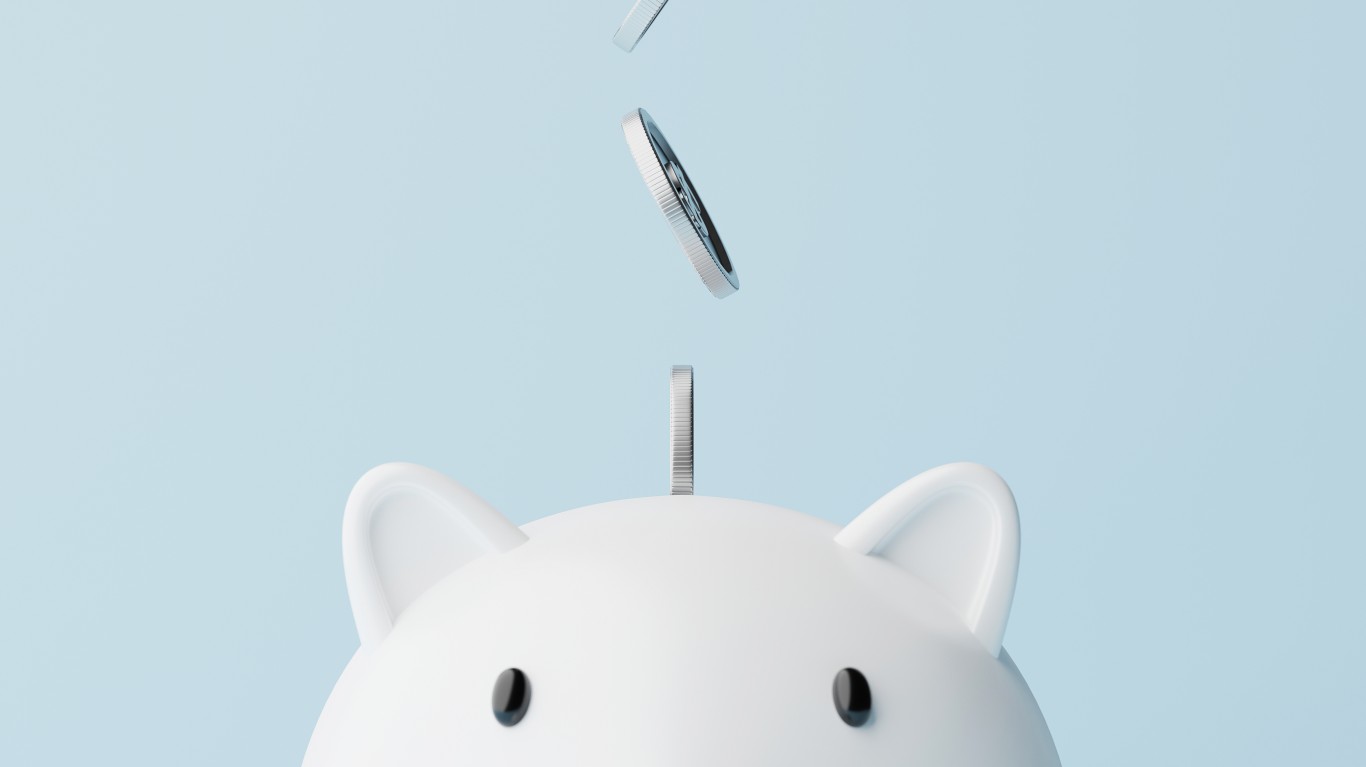
You don’t need to be a professional to try your hand at commercial real estate, and investing in any type of real estate is a great way to build wealth and gain assets. Known to provide some of the highest income streams, commercial real estate investing is an interesting field for many who started with residential real estate investments.
So what’s the easiest way to break into commercial real estate? We’ve got some trends to be aware of, some reasons it’s good to invest and an explanation of the five types of properties considered commercial. We’ll show you how to get started and even discuss the characteristics of successful real estate investors.
Why We’re Covering This

Owning property is one of the best ways to build personal wealth. Whether it’s a first home or a fifth commercial property, investments in real estate often offer a big return and a fairly risk-free investment.
Commercial Real Estate Trends to Watch for 2024

As the economy slows down, interest rates remain uncertain and costs continue to rise. Investments in neighborhood and multi-family retail remain strong, while there is uncertainty around office buildings. The strength of investing in industrial buildings is softening, and operators, owners and investors must optimize cash to capitalize on valuable opportunities when they pop up. Experts encourage investors to watch for opportunities around affordable housing, energy-efficient upgrades and property technology.
Why Investing in Commercial Real Estate Is a Good Idea

If you’re looking for more concrete reasons to invest in commercial real estate, we’ve got them for you.
- Tangible assets: Real estate is a tangible or hard asset. Stocks and bonds vary in value from day to day, while real estate keeps its intrinsic value from the land and the building.
- Tax Breaks: Buying real estate means you get tax breaks from depreciation, interest, post-sales tax savings and non-mortgage-related expenses like upgrades or repairs.
- Diverse Assets: When the market turns down, real estate offers a stable return while bonds, stocks, mutual funds and other investments lose their value.
- Cash Flow: Commercial real estate investments provide a return similar to stock distributions each month, quarter or year, but the return is usually higher.
- Savings: Renting out a commercial building functions as a sort of savings account, where you receive returns on your investment while someone else pays down the loan.
What You Need to Know

Commercial real estate property breaks out into five different categories.
Office space is the most popular type of commercial property investment and falls into one of three classes. Class A consists of new or extensively renovated properties and are usually managed by professional companies. B consists of older buildings that require capital investment for minor repairs or upgrades. C consists of redevelopment opportunities in poor locations, with out-of-date infrastructure or requiring major capital investments.
Retail buildings are the second type of commercial investment and are extremely popular with new investors. These can be anything from community retail centers to banks to strip malls. They can be 5,000 square feet or 300,000 square feet.
Industrial buildings include things like large warehouses and offer spaces that meet space specifications. These buildings usually work for the manufacturing industry and are typically investment opportunities.
Multifamily properties include high-rise condos, small multifamily units or apartment complexes. If there is more than one unit, the property qualifies as multifamily real estate, but anything with more than four units can also be a commercial property. Tenant turnover is a common problem with these buildings because they have shorter lease terms.
Special purpose properties are spaces designed for a specific industry or purpose, and it would be extremely difficult to repurpose them for any other use. This includes things like storage facilities, schools and car washes. It also includes hotels, amusement parks, sports stadiums and airports within the tourism industry.
Now that we’ve defined the different types of commercial property, we’ve got five ways you can get started with commercial real estate investing.
1. Understand the Difference Between Residential and Commercial Investing

Commercial properties are valued differently than residential properties. Value for residential properties is based on condition, age, location, supply and demand, while commercial ones are valued based on their usable square footage. Location and tenant type are important factors when considering property. For example, a commercial property located in a residential neighborhood may be harder to rent than one located downtown.
Leases are also longer on commercial properties than residential ones, and you may need a significant amount of cash initially. If you don’t have the cash on hand, you may want to stick with residential real estate investing.
2. Find Comparable Properties

If you’ve ever purchased a home, you’ve heard the term “comps” used when determining value on an appraisal. Commercial properties have their own version of these, whereas recently sold properties similar in style, size and location affect value. Analyzing comparable properties gives you a general idea of a property’s market value. When studying, only use properties that are within 10% of the square footage of the property you’re considering.
3. Define Success Metrics

Know what success looks like before you go into the process. Common terms used in calculating success in commercial real estate include net operating income, cap rate and cash on cash.
Net operating involves both the total cost of the property (including the costs of maintaining it) and the revenue you plan to get from it. Take the expected revenue and subtract the maintenance costs (utilities, insurance, repairs, janitorial fees) to get a basic idea of how much you’ll make from the property.
The capitalization rate gives you an estimate of future cash flow or profits you plan to get from the property. Find this by figuring out the ratio between net operating income and the property value.
Cash on cash identifies the return rate on commercial transactions and is usually used by investors who finance commercial real estate investments. This number shows the return on initial cash invested versus the return on the financed portion.
4. Create a Rainy Day Fund

There are always unexpected expenses, so a rainy day fund functions as a contingency plan. Budget enough cash to cover any upfront costs, renovations or early vacancies. These costs typically come before you have a stable cash flow from your investment. A good rule of thumb for a rainy day fund is to keep between five and 15% of your expected cash flow in the first few months.
5. Mitigate Risks

To mitigate common risks associated with commercial real estate investing, work with a competent team that you trust. Study the financial intricacies and do your due diligence on any property. Investigate the true value of a property before making any steps toward purchasing it.
Characteristics of successful real estate investors

In studying what makes commercial real estate investors successful, we’ve uncovered some characteristics and habits that many have in common. If you have the ability to think big, build relationships and execute due diligence, you fit right in with the commercial real estate investing community.
Travel Cards Are Getting Too Good To Ignore (sponsored)
Credit card companies are pulling out all the stops, with the issuers are offering insane travel rewards and perks.
We’re talking huge sign-up bonuses, points on every purchase, and benefits like lounge access, travel credits, and free hotel nights. For travelers, these rewards can add up to thousands of dollars in flights, upgrades, and luxury experiences every year.
It’s like getting paid to travel — and it’s available to qualified borrowers who know where to look.
We’ve rounded up some of the best travel credit cards on the market. Click here to see the list. Don’t miss these offers — they won’t be this good forever.
Thank you for reading! Have some feedback for us?
Contact the 24/7 Wall St. editorial team.





